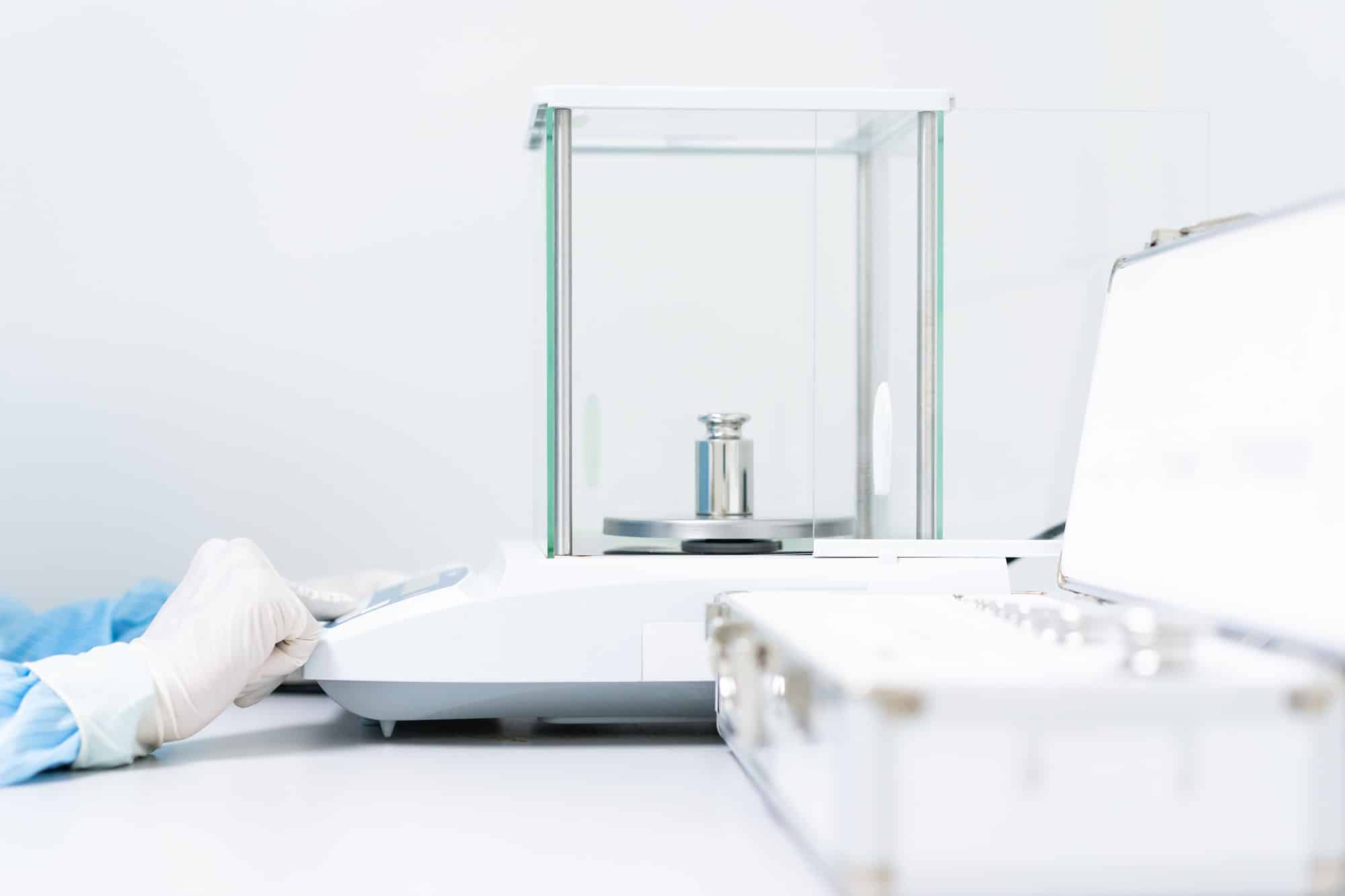How to Calibrate the Advanced Collision Warning System on a Volvo XC60?

As a vehicle owner, it’s essential to understand the functionality of your car’s advanced driver assistance systems (ADAS). These systems, like the collision warning system in a Volvo XC60, are designed to augment the driver’s capabilities, enhance safety, and prevent accidents. However, it’s equally important to know how to calibrate these systems when necessary.
In this article, we will walk you through the steps of calibrating the advanced collision warning system of your Volvo XC60. This process is not as complicated as it may seem, but it does require some technical knowledge. So, buckle up and let’s get started.
In parallel : Can Installing a Performance Camshaft Improve the Torque Curve of a BMW 328i?
Understanding the Advanced Collision Warning System
The advanced collision warning system is an integral part of the ADAS in modern vehicles. This system uses sensors, cameras, and radar technology to detect potential hazards on the road. When a risk is detected, the system alerts the driver with a warning notification, allowing enough time to react and avoid a potential collision.
The Volvo XC60, like many other vehicles produced by Original Equipment Manufacturers (OEM), uses this technology to enhance safety for both the driver and passengers. However, the effectiveness of this system is highly dependent on its proper calibration. If the sensors or cameras are not accurately aligned, the system may not function as intended, leading to potential risks.
In the same genre : How to Select the Proper Wheel Size for Maximum Performance in a Ford Fiesta ST?
Importance of Regular Calibration
Calibration is a process through which the accuracy and precision of a system are maintained or adjusted. In the context of a collision warning system, calibration is required to ensure that the sensors and cameras are correctly aligned and functioning as intended.
A vehicle’s collision warning system might need recalibration due to various reasons. This could be due to a system update, a replacement of a camera or sensor, or following a repair. Even minor incidents, such as driving over a pothole or bump, can misalign the sensors, necessitating recalibration.
Regular calibration is crucial for the functionality and reliability of your Volvo XC60’s advanced collision warning system. Not performing this necessary process could result in the system giving false alarms or, worse, not providing a warning when required.
Steps to Calibrate the Collision Warning System
Now that we have understood the importance of calibration, let’s get down to the process. Calibrating your Volvo XC60’s advanced collision warning system involves the following steps:
-
Pre-scanning: Pre-scanning is the first step towards calibration. This process involves scanning the vehicle using a diagnostic tool to identify any issues or errors in the system that might require attention.
-
Alignment: Once the pre-scanning is complete, the next step is to align the sensors and cameras correctly. This process could involve adjusting the position of the sensors, cleaning the camera lenses, and aligning the radar.
-
Calibration: With everything aligned, you can now proceed to the calibration. This process involves using a calibration tool or software provided by the OEM. The tool will guide you through the steps required to calibrate the system correctly.
-
Post-scanning: Once the calibration is complete, a post-scan is performed. This process is similar to the pre-scan and is done to ensure that all the issues identified initially have been addressed.
Final Thoughts
Calibrating the advanced collision warning system of your Volvo XC60 is a crucial aspect of vehicle maintenance. Regular calibration ensures that the system remains effective, providing essential assistance to the driver.
While the calibration process might seem complex, it’s manageable with the right tools and a basic understanding of the system. However, if you’re uncomfortable performing these steps yourself, it’s recommended to seek professional assistance.
Remember, safety should always be your top priority. Keep your vehicle’s advanced driver assistance systems in top shape to enjoy a safe and comfortable drive.
OEM Calibration Requirements
Adhering to OEM calibration requirements is a vital aspect of maintaining your vehicle’s advanced driver assistance systems (ADAS). Each Original Equipment Manufacturer (OEM), including Volvo, has specific calibration requirements that need to be followed to ensure the functionality and accuracy of systems such as the collision warning system.
When we talk about calibration in the context of a collision warning system, it refers to aligning the sensors and cameras accurately. If these components are not correctly aligned, the system may not perform as expected, possibly compromising safety.
Volvo provides specific guidelines and tools for calibrating the collision warning system on the XC60. These requirements could change from one model year to another, so it’s crucial to stay updated. For example, the calibration requirements for an XC60 manufactured in January December might differ from one produced in June April.
Following OEM calibration requirements is not just about safety. It’s also about ensuring compliance with warranty terms. Not adhering to these requirements could result in warranty voidance. You can typically find these details in the vehicle’s user manual or by contacting your local authorized Volvo service center.
The Role of a Collision Repair System
A collision repair system plays a significant role in post-repair calibration of your Volvo XC60’s advanced collision warning system. If your vehicle has been involved in a collision, it’s likely that the ADAS, including the collision warning system, will require recalibration. This is where the importance of a collision repair system comes into play.
This system can identify the components that have been affected by the collision, such as the sensors, cameras, or radar. It will also provide detailed instructions on what needs to be fixed or replaced before the calibration can take place.
A collision repair system is also vital in instances where a pre-post calibration is required. This could happen if the sensors or cameras become misaligned due to a minor incident, such as driving over a pothole. The collision repair system will guide you through the necessary steps to rectify the issue and ensure that the collision warning system is functioning correctly.
Conclusion
Understanding and adhering to the calibration process of the advanced collision warning system on your Volvo XC60 is vital for maintaining the vehicle’s safety standards. Regular calibration ensures that the system functions optimally and provides accurate collision warnings, which significantly enhances your safety on the road.
Always remember to follow the specific OEM calibration requirements and use a reliable collision repair system whenever necessary. But, if you’re not confident in calibrating the system yourself, it’s best to seek professional assistance. Your local Volvo service center or a certified auto repair shop would be able to help.
In conclusion, the advanced collision warning system is a significant part of your Volvo XC60’s safety features, and its proper calibration is not something to compromise on. So whether it’s March February or November October, make sure your vehicle’s ADAS is in top shape and ready to assist you in having a safe and comfortable drive.
